Have you ever wondered what unique beans and peas you could grow to make your garden more exciting and different from the usual choices?
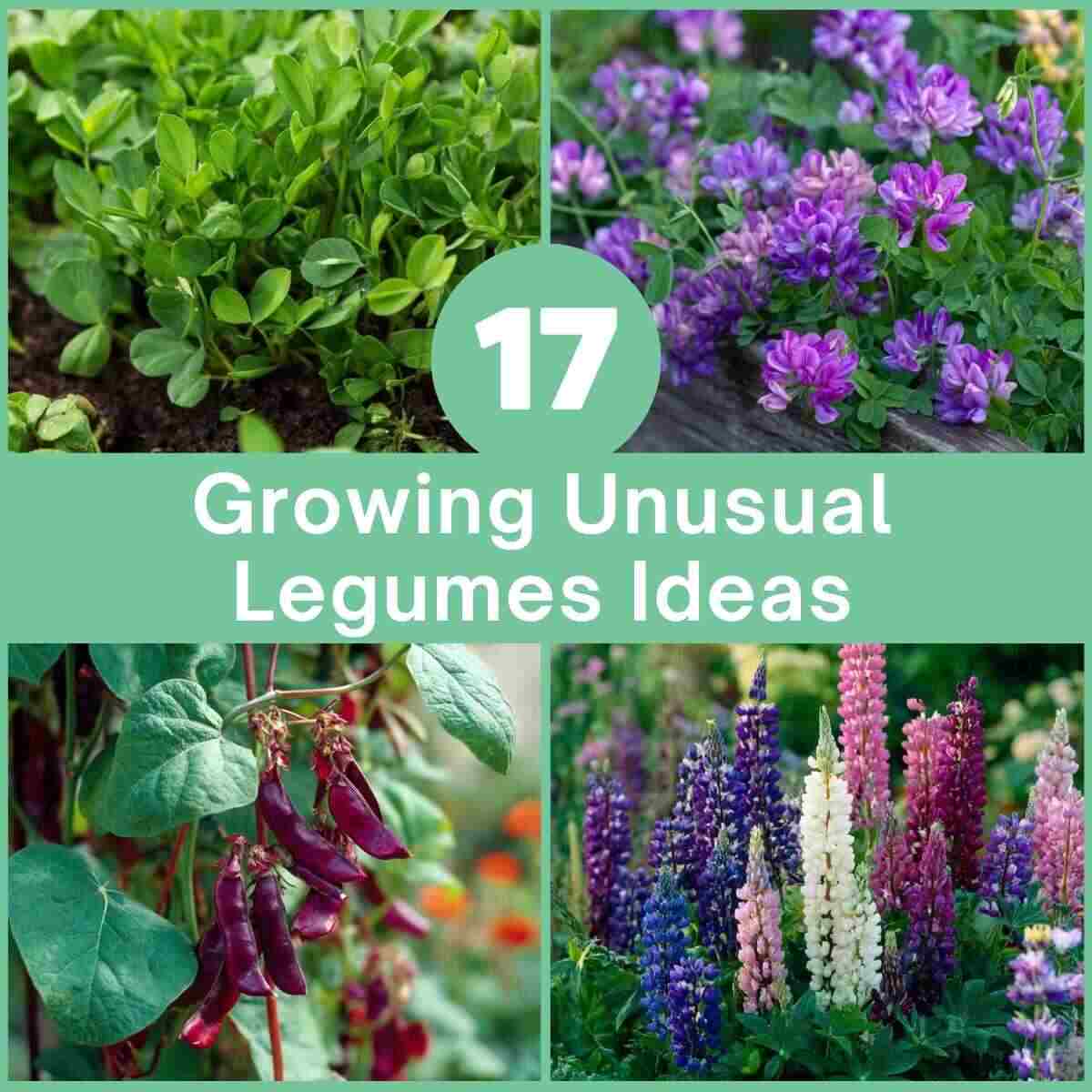
Growing unusual legumes is a fun way to try new plants in your garden while adding more color, flavor, and nutrients to your meals.
Let’s dig in!
1. Winged Beans
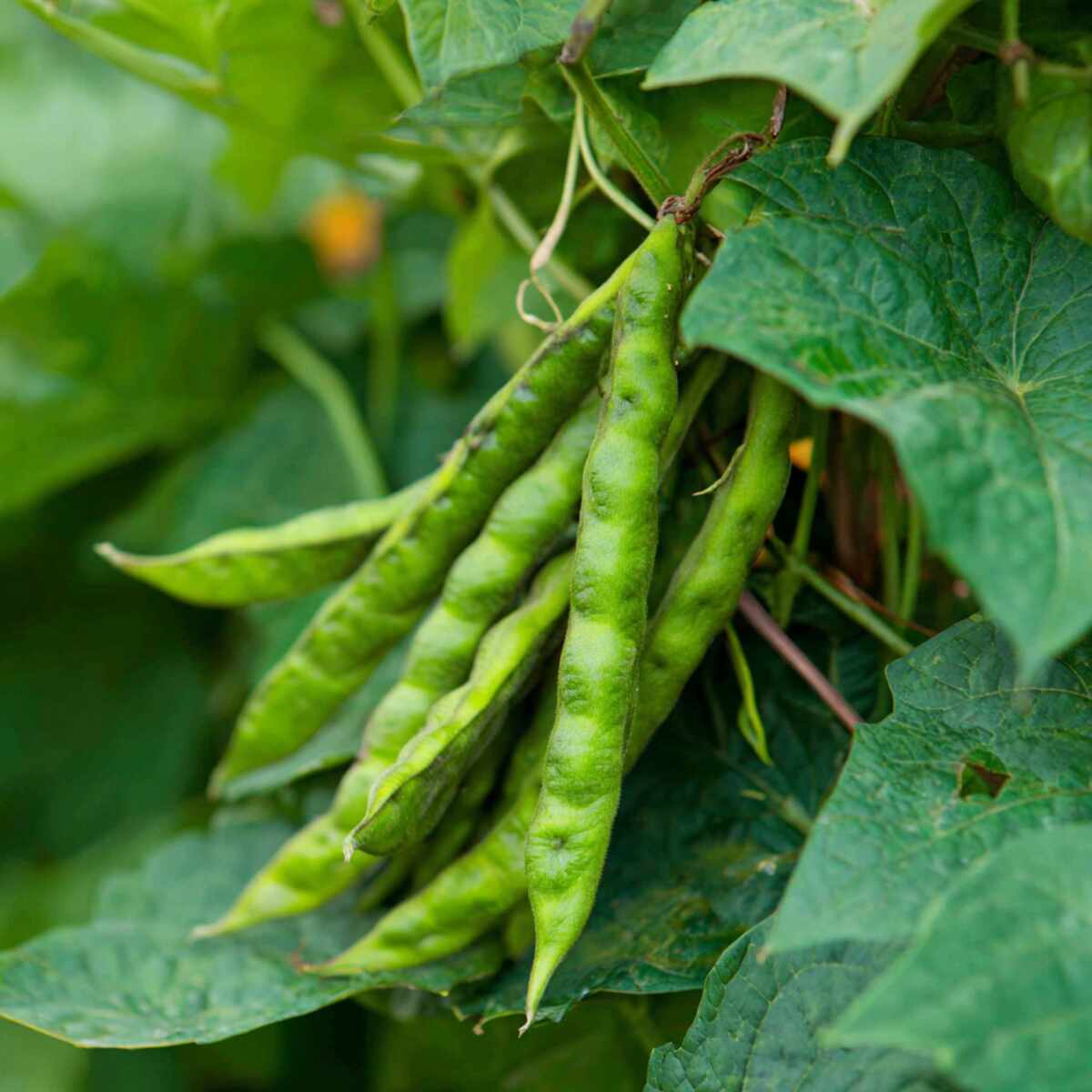
Winged beans are a unique legume with four frilly “wings” running down the pods, making them stand out in any garden.
They thrive in warm climates and are valued because nearly every part of the plant—leaves, flowers, pods, and tubers—is edible. As part of Growing Unusual Legumes Ideas, they’re excellent for boosting food variety and nutrition.
See, 15 Vertical Bean Pole Garden Designs
2. Yardlong Beans
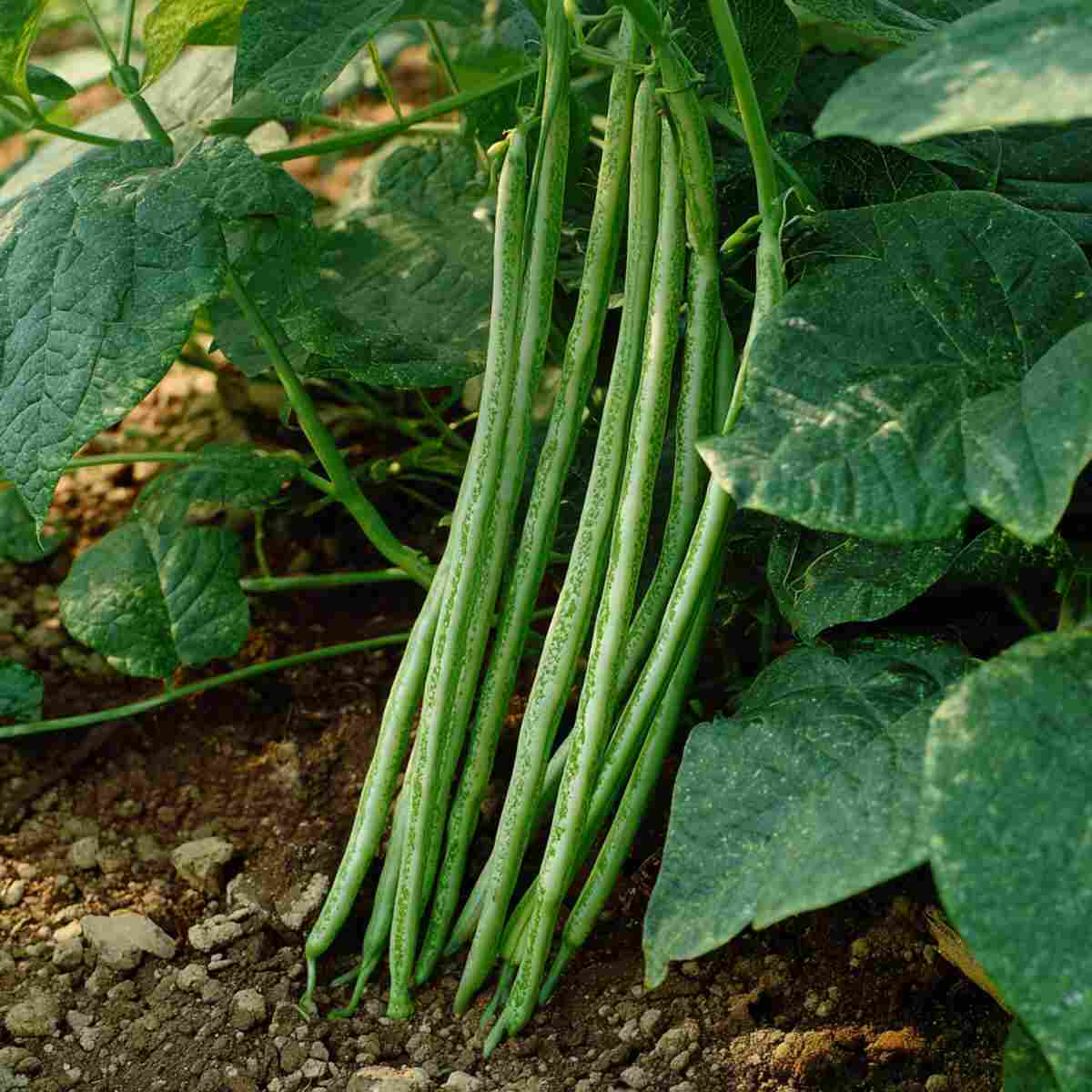
Yardlong beans are a striking crop with pods that can grow up to three feet long, offering a dramatic look on trellises.
They are heat-loving and produce prolifically, making them great for gardeners who want a reliable and unusual legume. Among Growing Unusual Legumes Ideas, they’re perfect for maximizing yield in small garden spaces.
3. Bambara Groundnuts
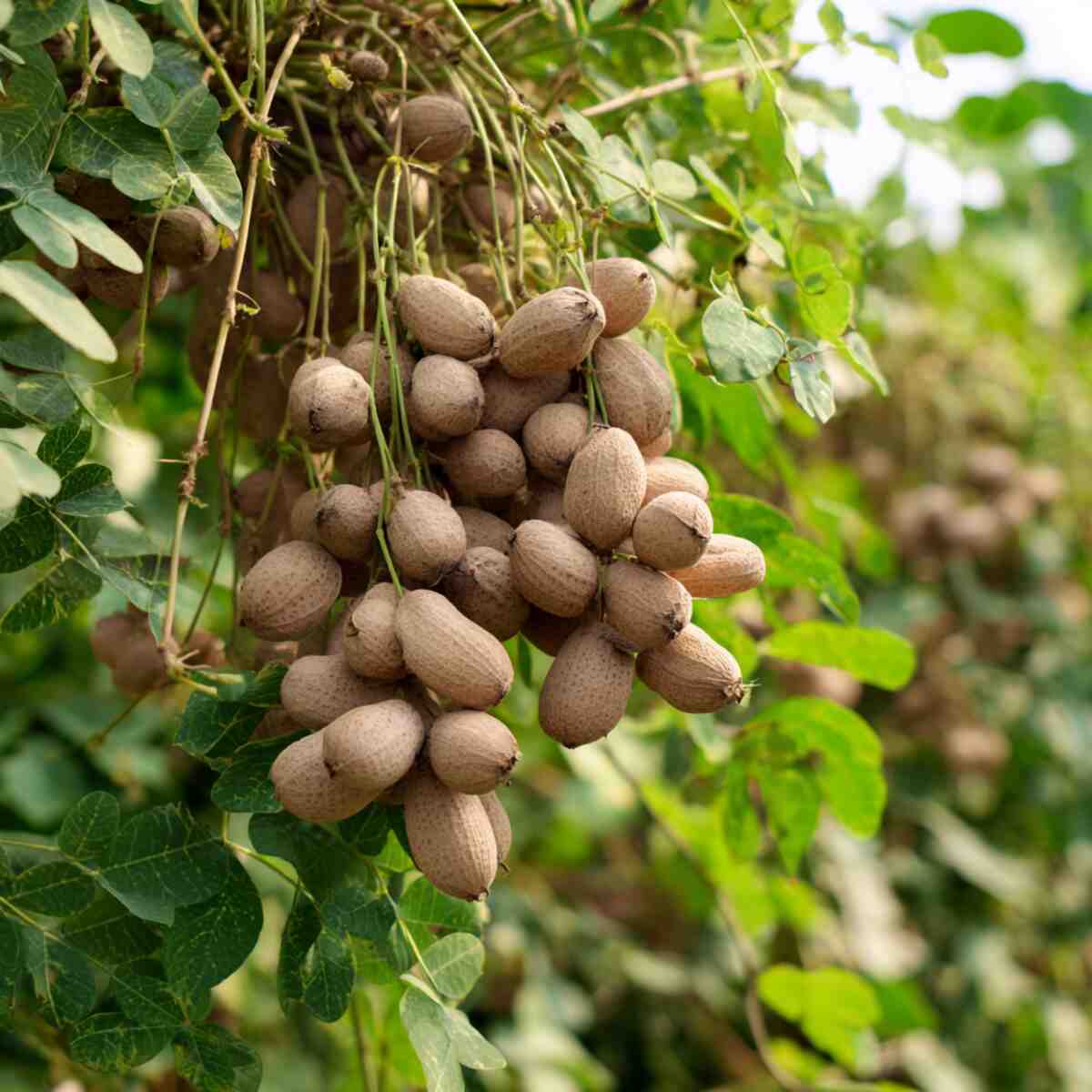
Bambara groundnuts are drought-tolerant legumes grown widely in parts of Africa for their nutritious seeds. They resemble peanuts in growth but are considered more resilient under poor soil conditions.
As one of the Growing Unusual Legumes Ideas, they’re important for building climate-resilient food gardens.
See, 18 Self-Fertilizing Legume Beds
4. Velvet Beans
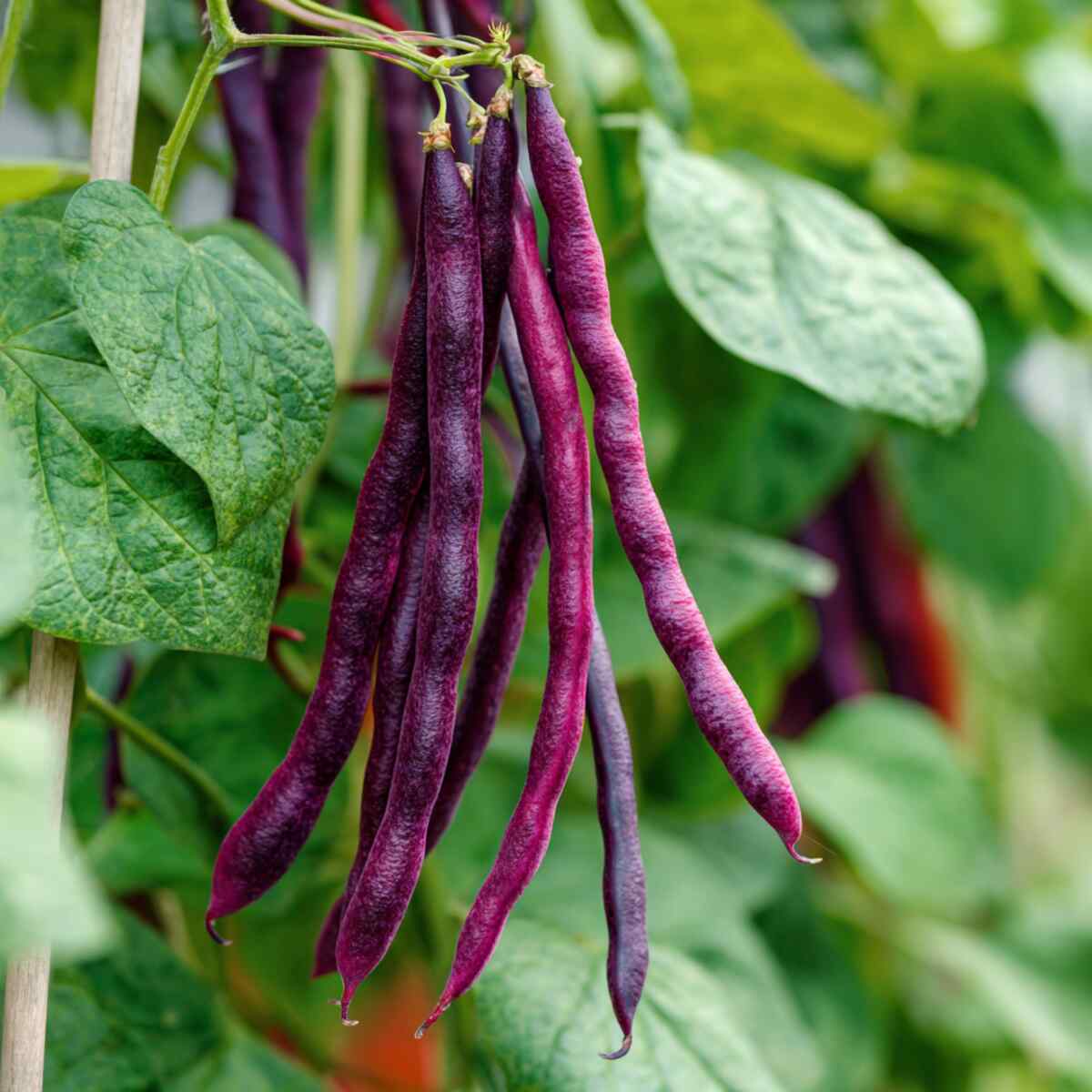
Velvet beans are fast-growing legumes known for their long, fuzzy pods and soil-enriching qualities.
Traditionally used as a cover crop, they help restore fertility and control weeds in gardens. Growing Unusual Legumes Ideas like velvet beans showcase how legumes can be both decorative and highly practical.
5. Hyacinth Beans
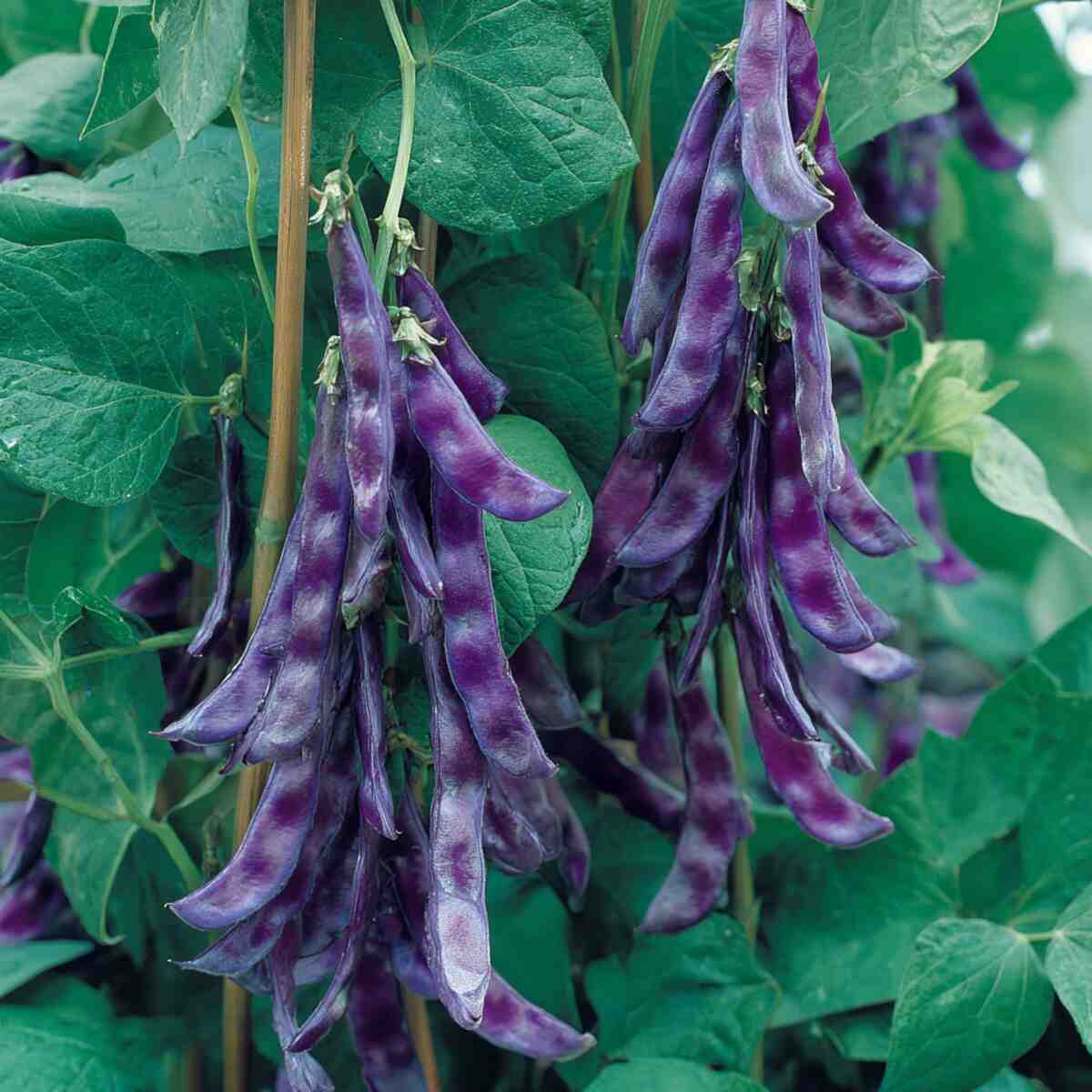
Hyacinth beans are striking ornamental climbers with purple stems, pods, and flowers that make them decorative as well as edible when cooked properly.
They grow quickly and provide shade if trained on trellises or fences. As part of Growing Unusual Legumes Ideas, they combine beauty with utility in a single plant.
6. Pigeon Peas
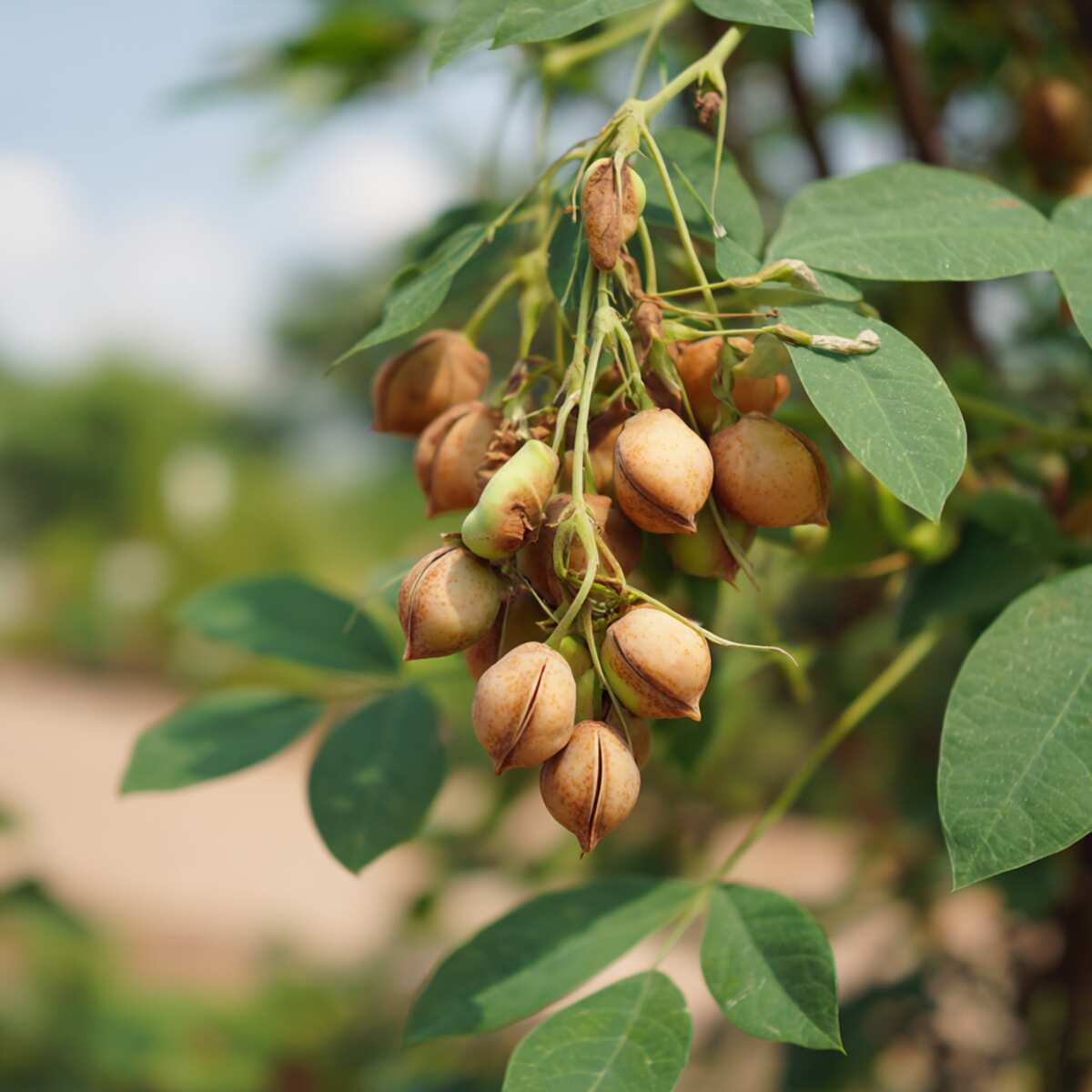
Pigeon peas are multipurpose legumes widely grown in tropical regions for food, fodder, and soil improvement. They produce small, pea-like seeds packed with protein and adapt well to poor soils.
Including pigeon peas in Growing Unusual Legumes Ideas highlights their value in sustainable and self-sufficient gardening.
7. Jack Beans
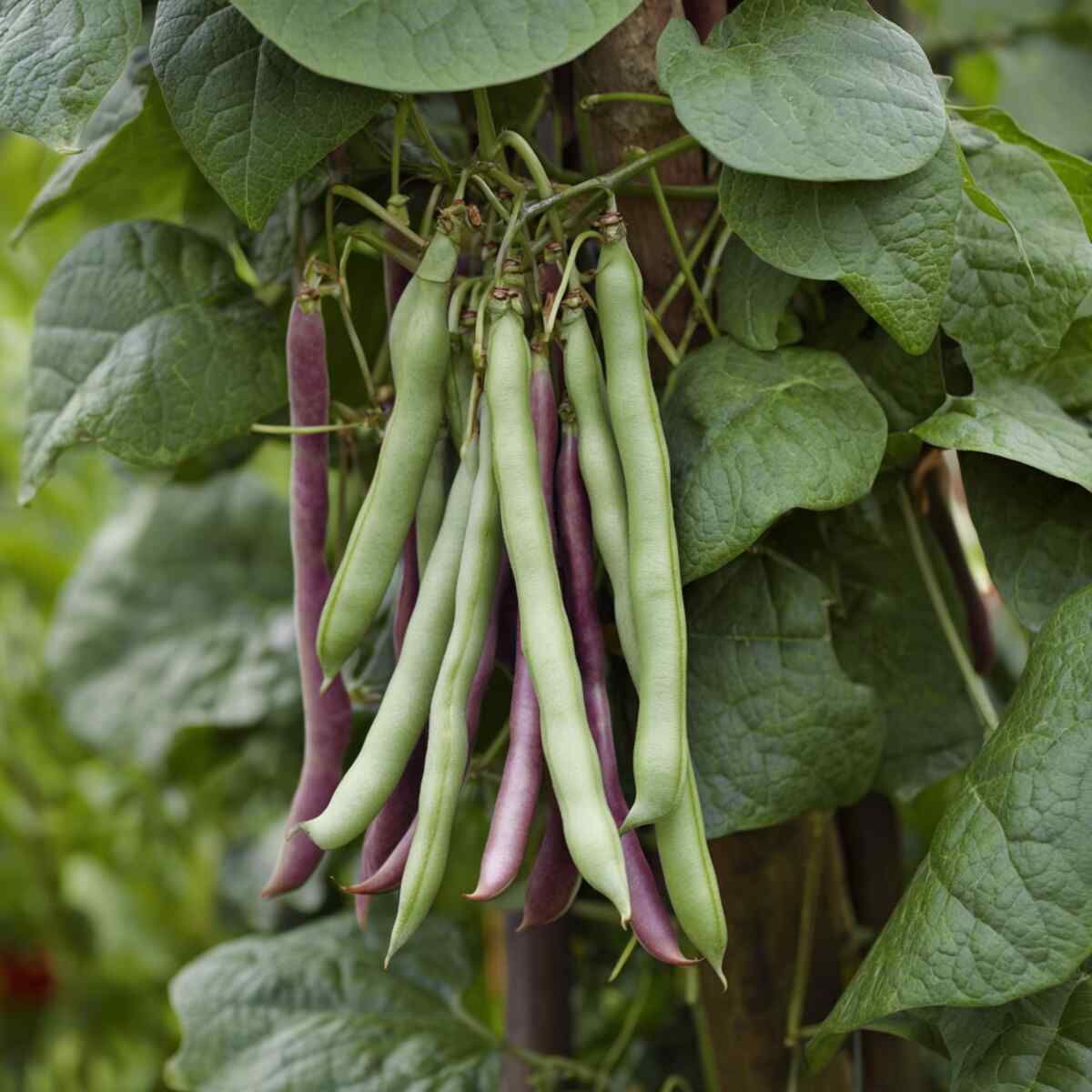
Jack beans are robust legumes with large pods and seeds that can be cooked or used as animal feed.
They are also known for their nitrogen-fixing ability, enriching soils for future crops. As one of the Growing Unusual Legumes Ideas, they demonstrate the dual role of legumes in food production and soil health.
8. Lupins
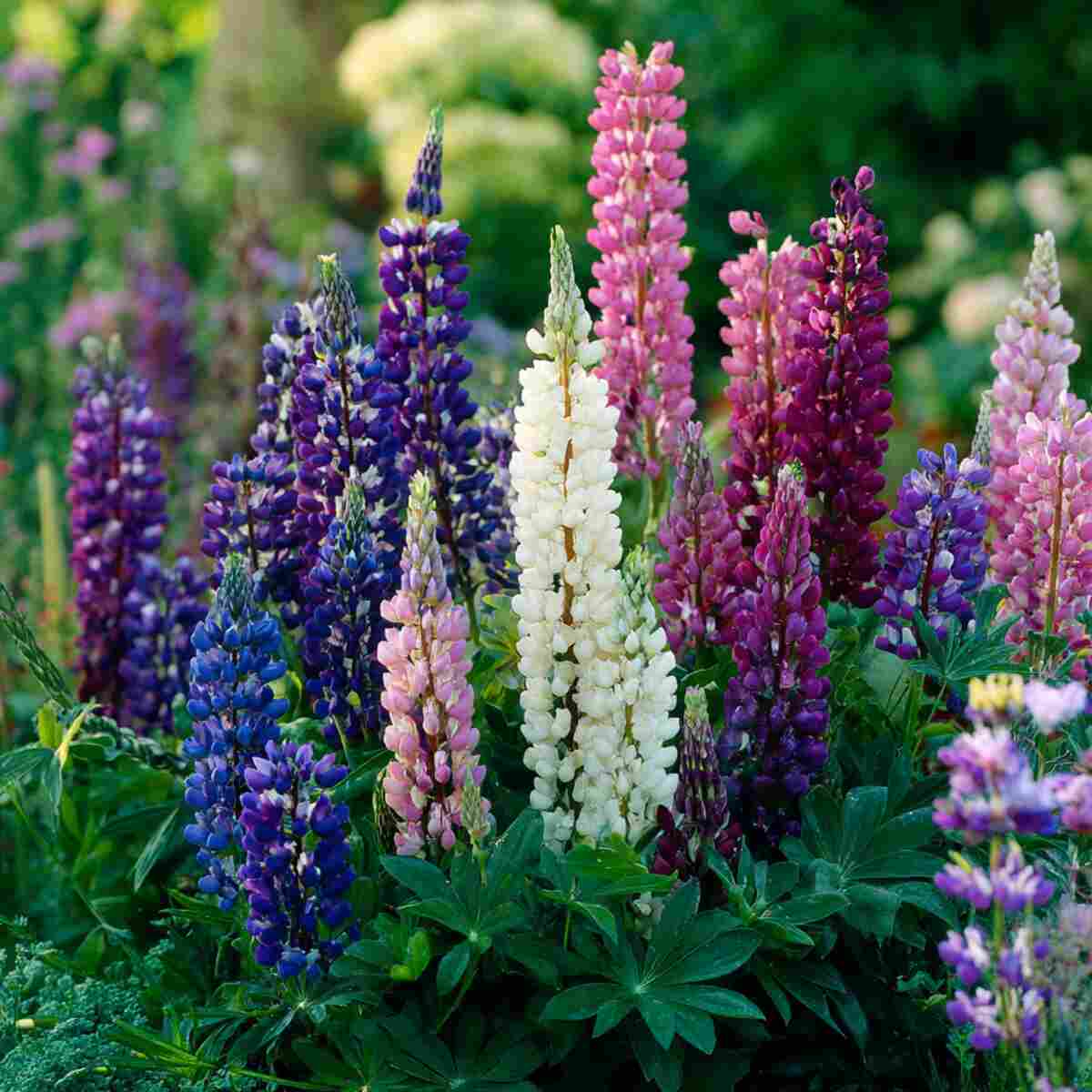
Lupins are colorful flowering legumes that also yield edible seeds, commonly used as snacks or flour in some cultures.
They tolerate poor soils and add nitrogen, benefiting neighboring plants. Growing Unusual Legumes Ideas like lupins prove that beauty and function can come together in gardening.
9. Tepary Beans
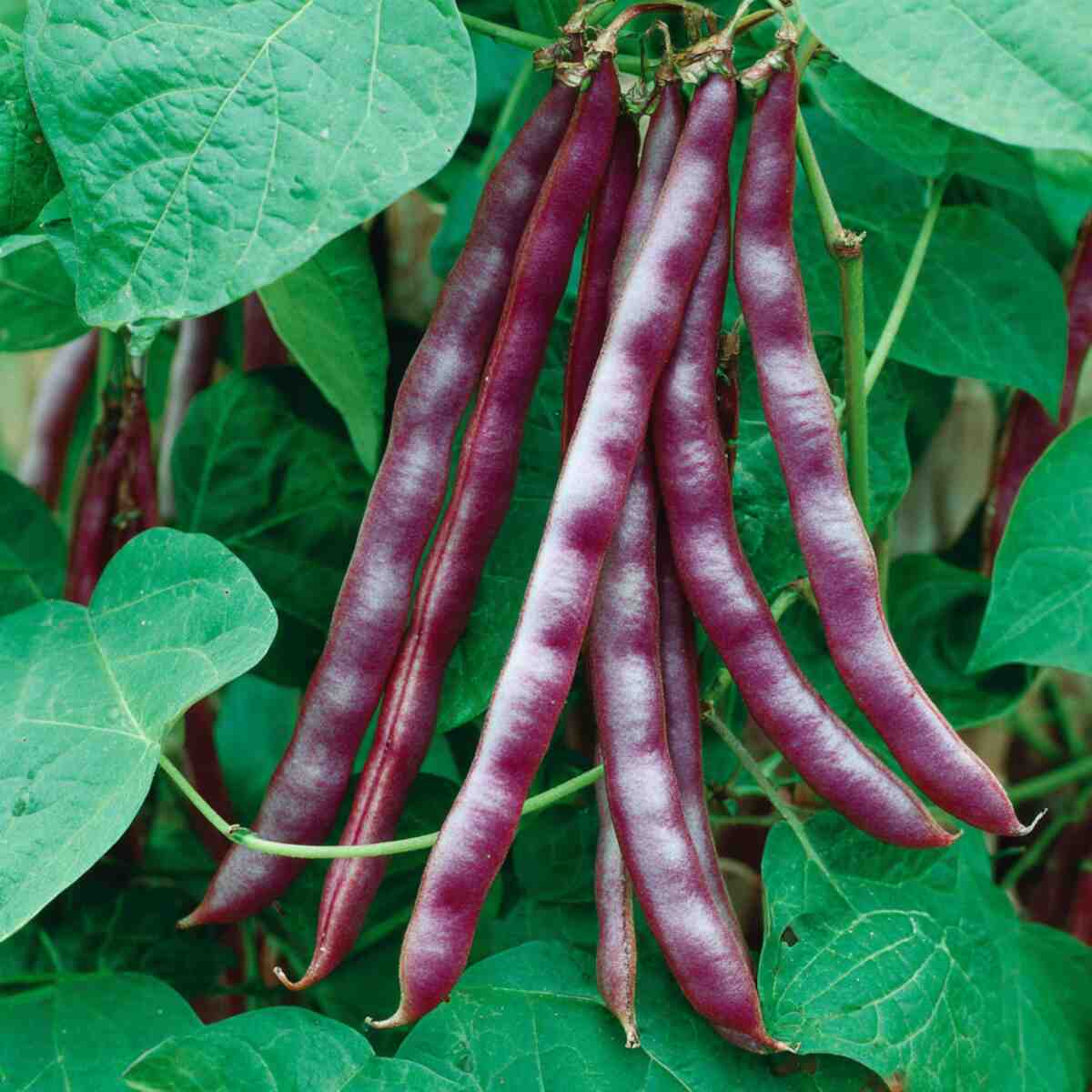
Tepary beans are desert-adapted legumes traditionally grown by Native American communities for their resilience to drought.
They produce small, flavorful beans that store well and are highly nutritious. As part of Growing Unusual Legumes Ideas, tepary beans show how gardeners can succeed in harsh climates.
10. Lablab Beans
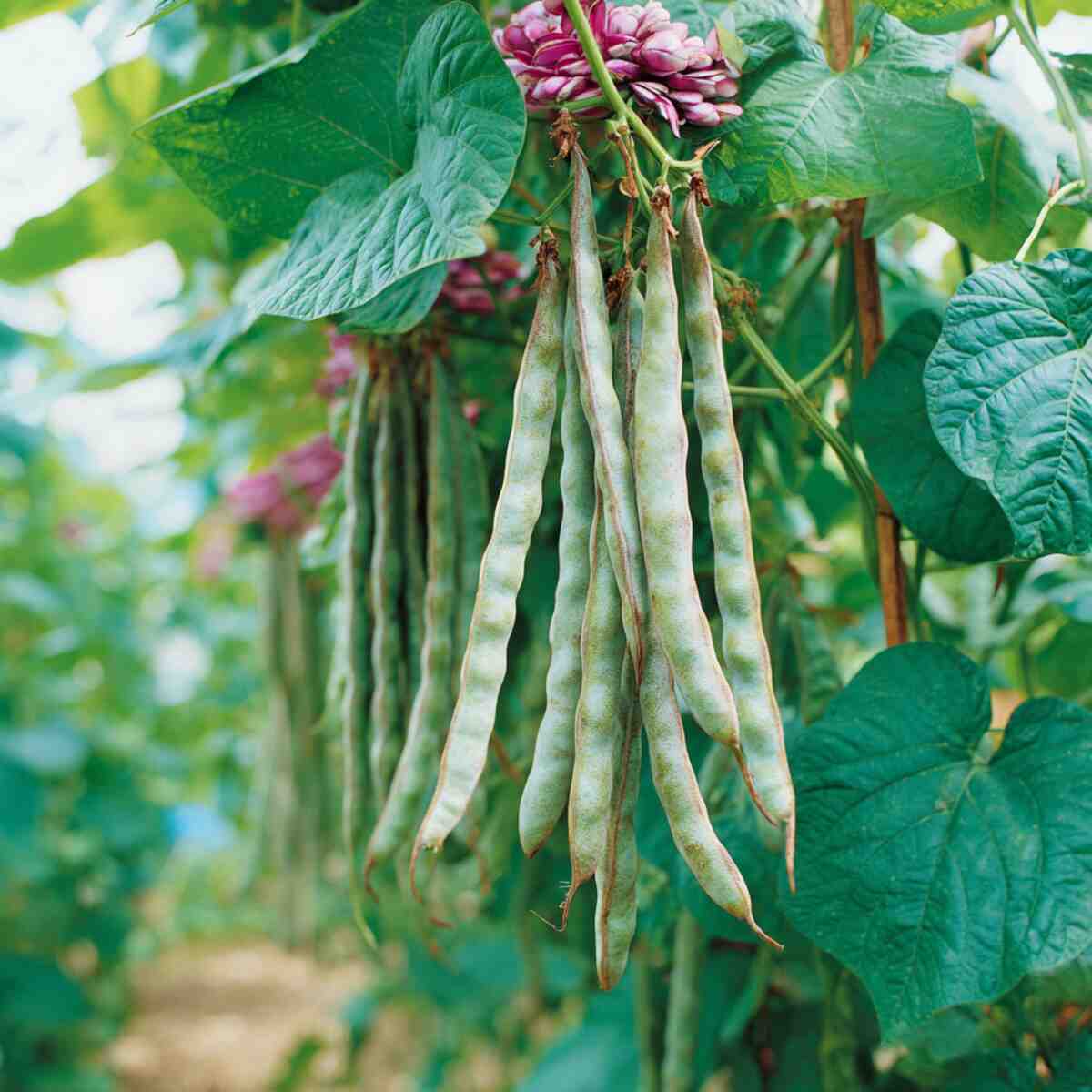
Lablab beans, also known as Indian beans, are versatile legumes grown for their edible pods, leaves, and seeds.
They are vigorous climbers and often used as green manure in farming. In the context of Growing Unusual Legumes Ideas, lablab beans are a great example of plants that improve soil while feeding people.
11. Sword Beans
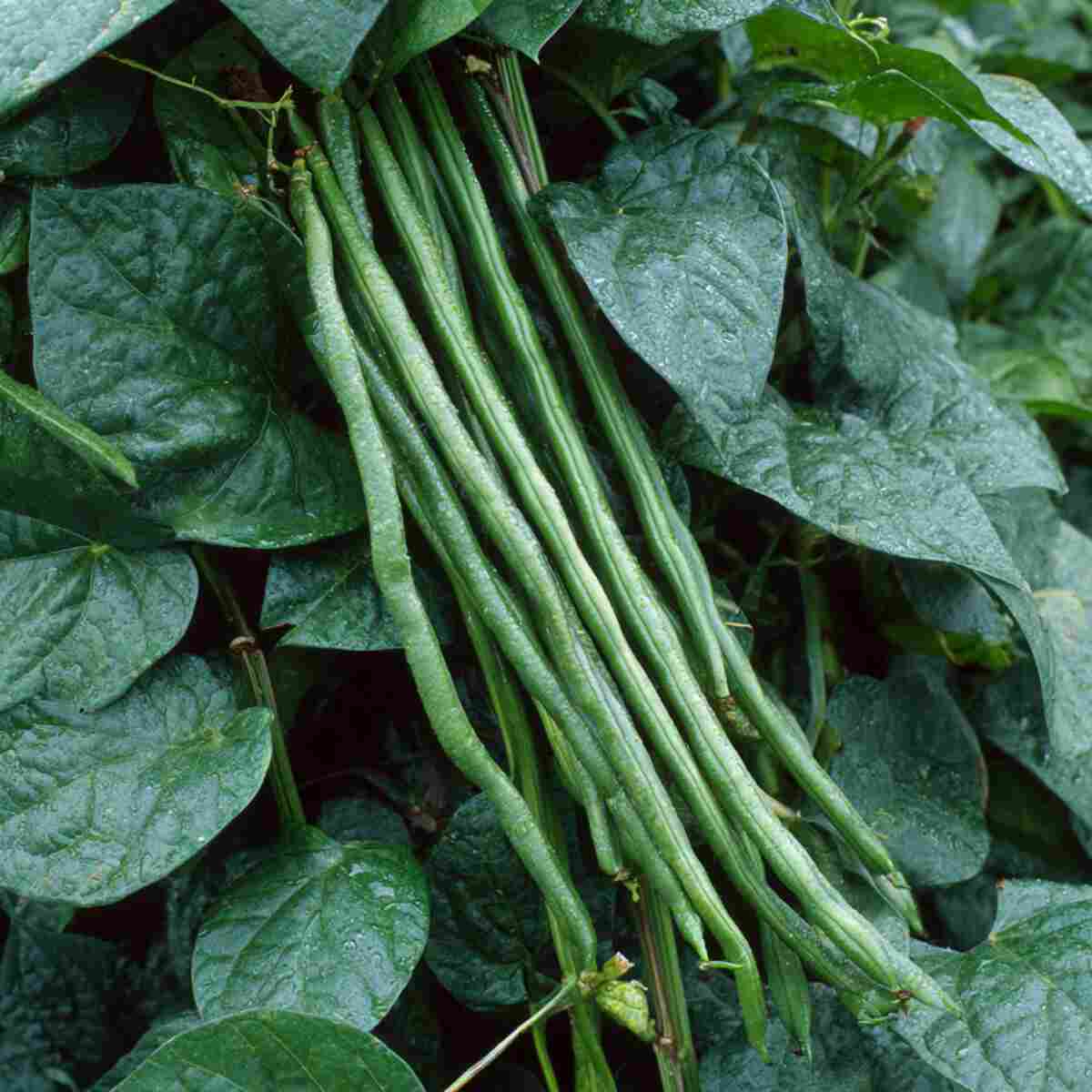
Sword beans are long, flat-podded legumes with striking red seeds that catch the eye.
They are often grown for ornamental appeal but can be eaten when cooked young. Including sword beans in Growing Unusual Legumes Ideas emphasizes how unusual crops can be both decorative and useful.
12. Scarlet Runner Beans
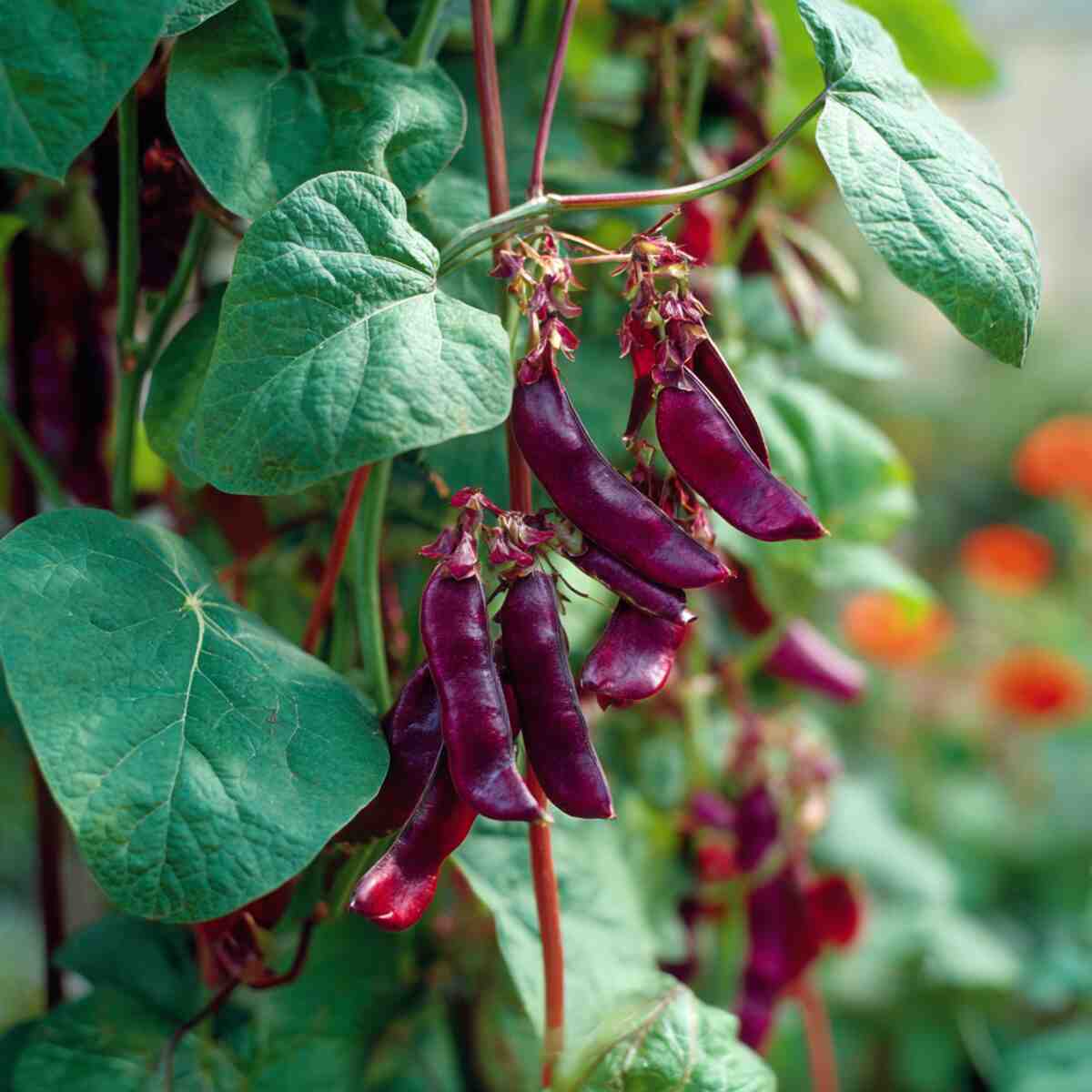
Scarlet runner beans are popular for their brilliant red flowers that attract pollinators as much as their edible pods and seeds.
They are perennial in mild climates and provide beauty year after year. As one of the Growing Unusual Legumes Ideas, they illustrate how legumes can support wildlife while feeding people.
13. Chickling Vetch
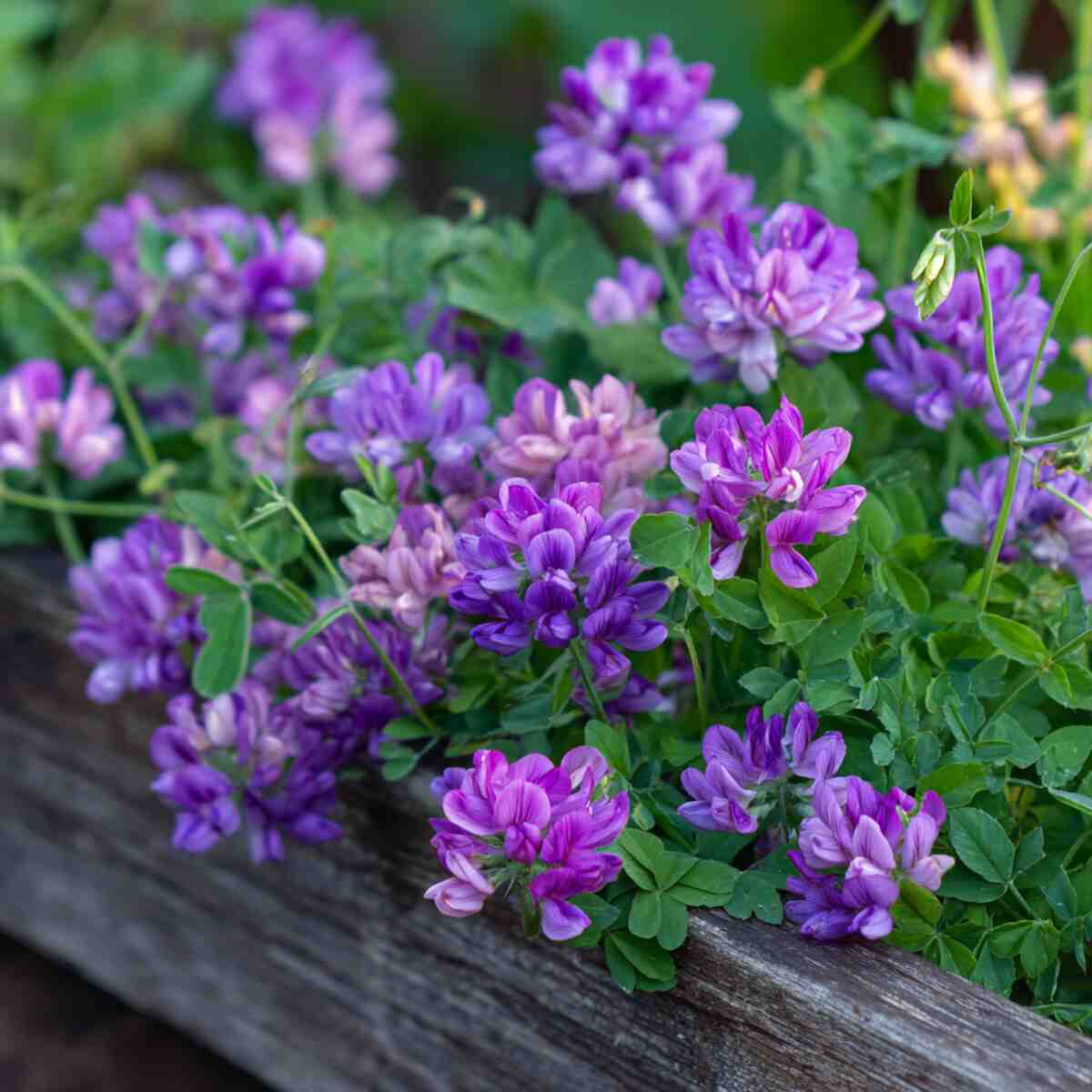
Chickling vetch is a hardy legume often used as fodder but also produces seeds consumed in some regions.
It grows in tough conditions where other legumes may struggle. Growing Unusual Legumes Ideas like chickling vetch highlight the role of legumes in food security for challenging environments.
14. Fenugreek Greens
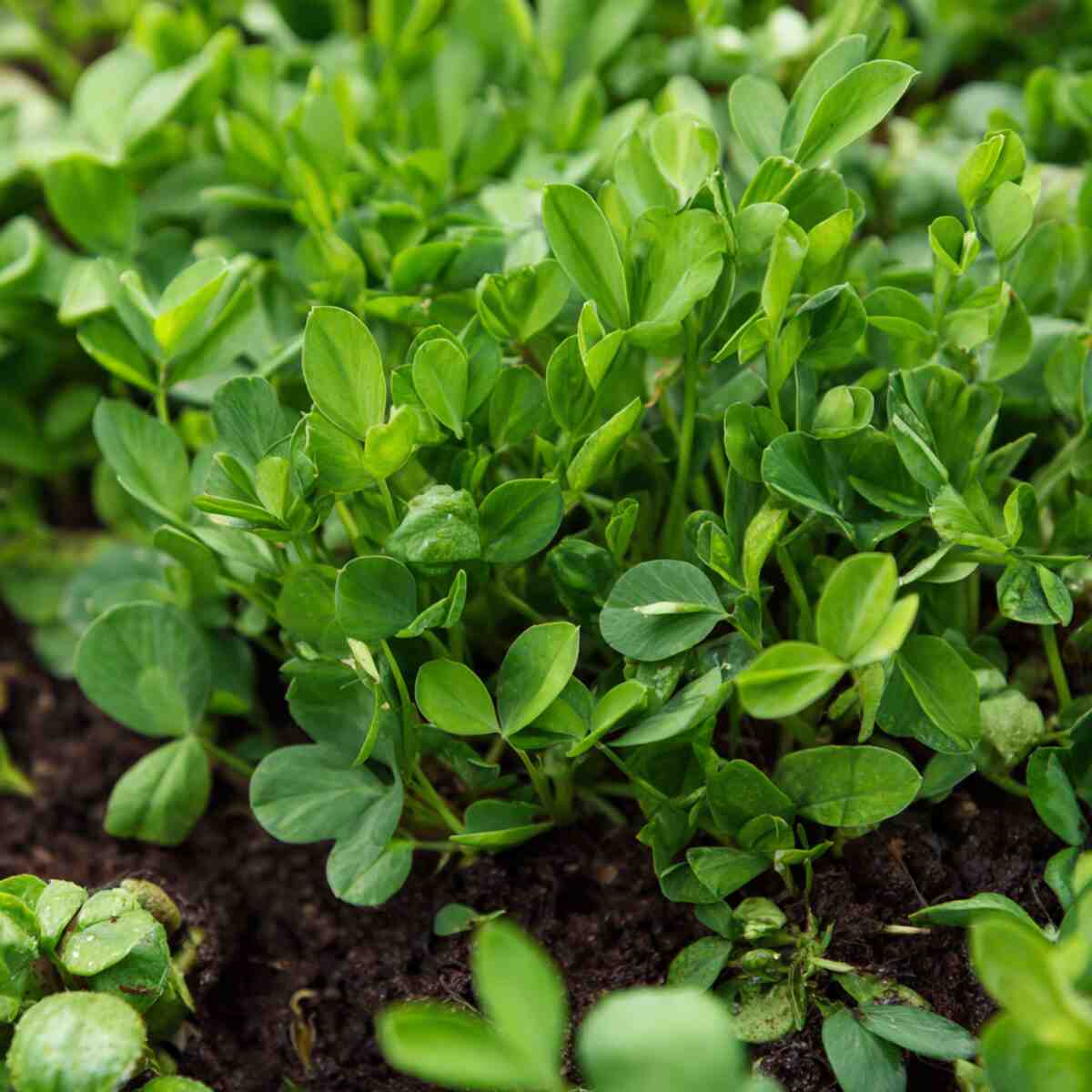
Fenugreek is an herb-legume hybrid with edible seeds and leafy greens that bring flavor and health benefits.
It grows quickly and can be harvested multiple times during its cycle. Including fenugreek in Growing Unusual Legumes Ideas adds diversity to gardens while promoting better nutrition.
15. Peanut Plants
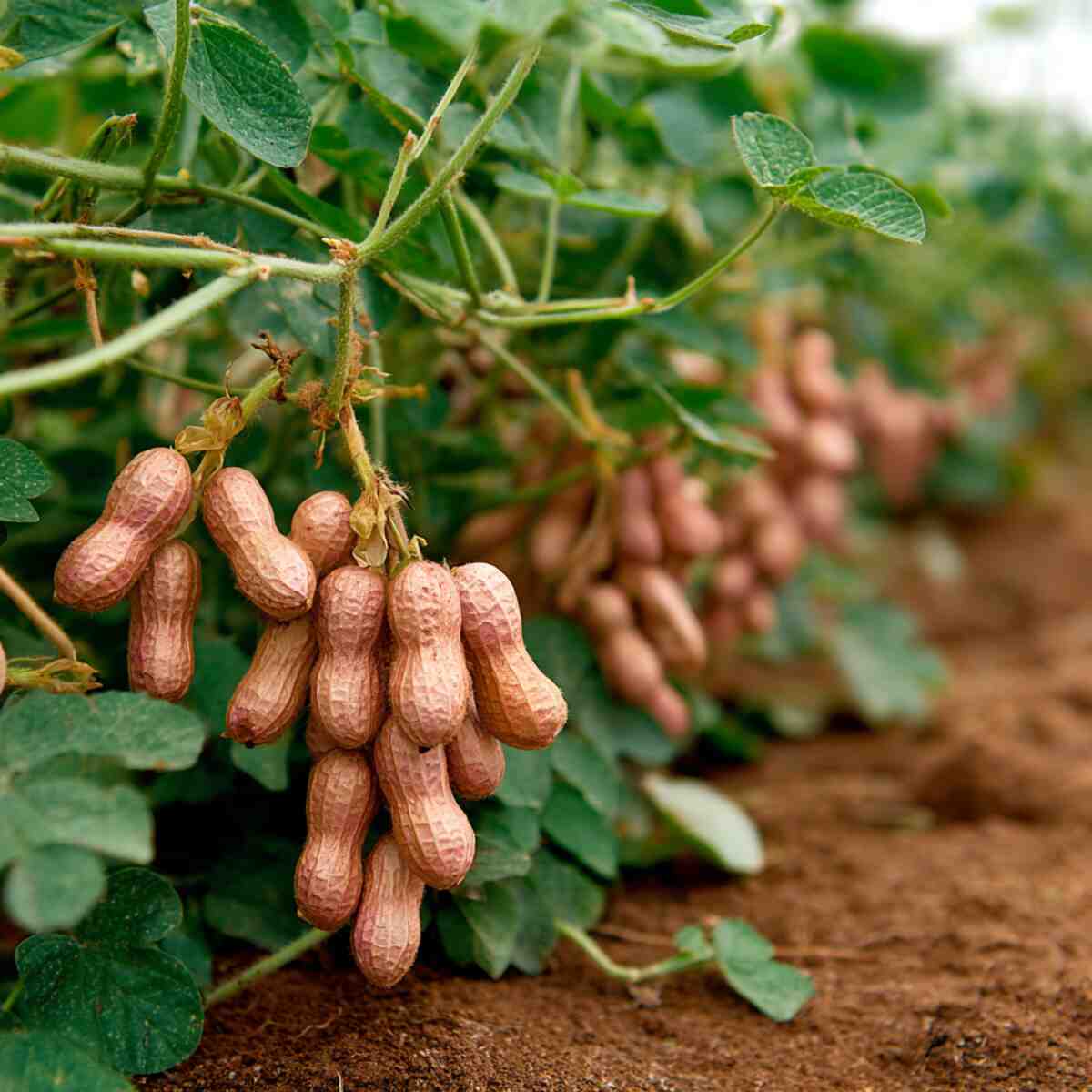
Peanuts are unusual legumes because their pods grow underground rather than on the vine.
They provide a valuable protein source and are fun to grow in home gardens. Growing Unusual Legumes Ideas like peanuts remind gardeners of the surprising variety within the legume family.
16. Lima Beans (Heirloom Varieties)
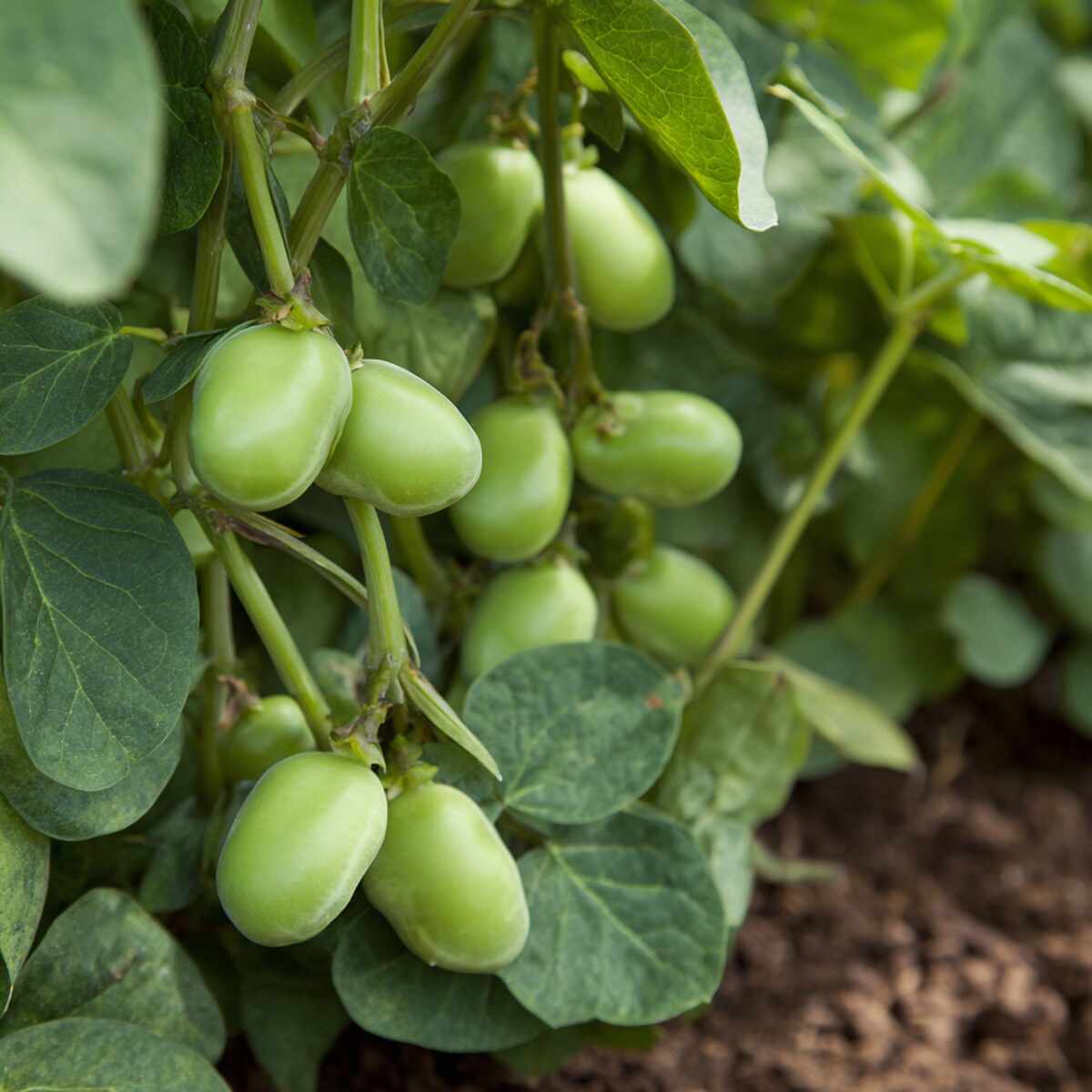
Heirloom lima beans stand out for their unique colors and flavors compared to standard varieties.
They require a long growing season but reward gardeners with rich, buttery beans. As part of Growing Unusual Legumes Ideas, heirloom limas offer heritage crops that preserve biodiversity.
17. Fava Beans (Broad Beans)
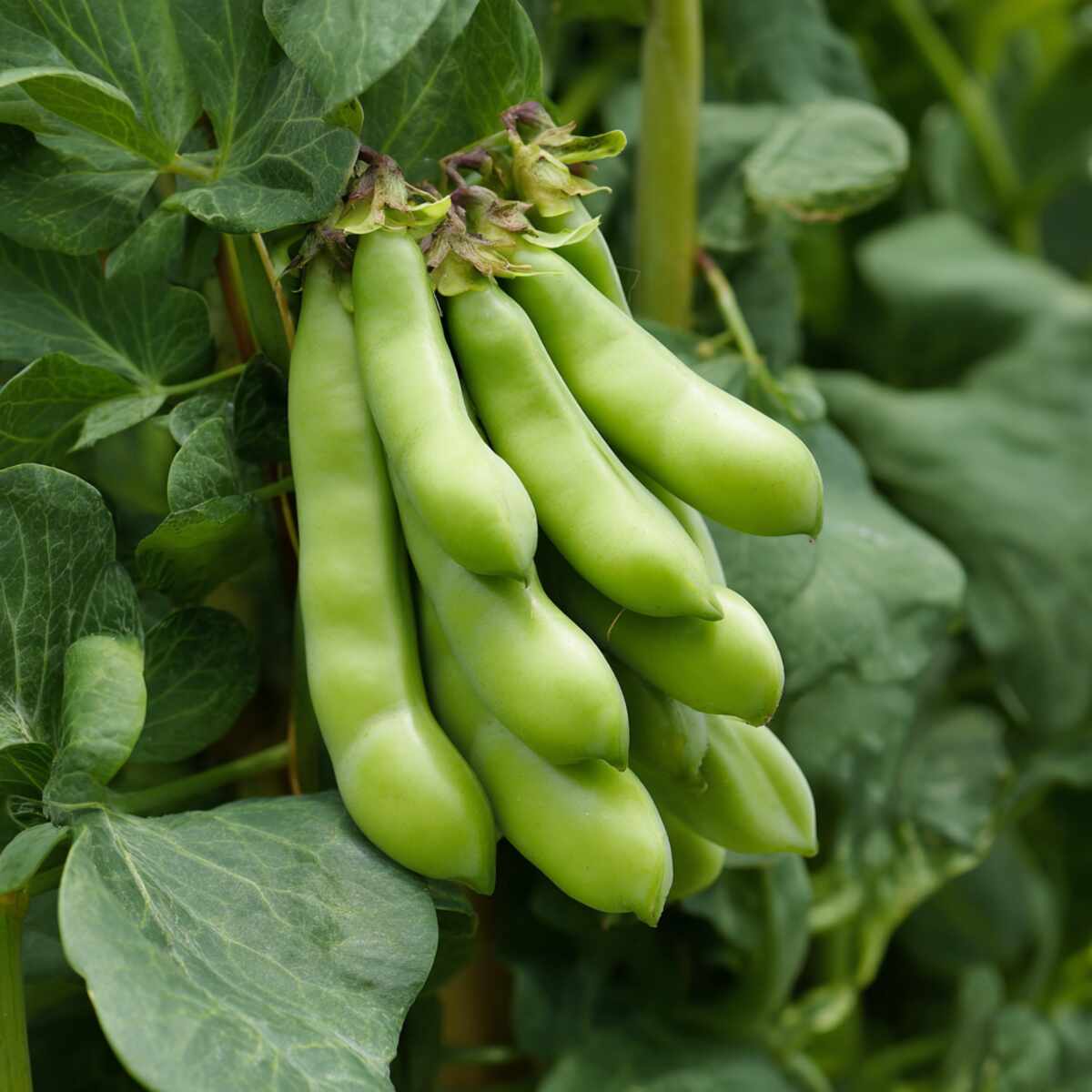
Fava beans are cool-season legumes with large pods and protein-rich seeds eaten fresh or dried.
They also improve soil health by fixing nitrogen during their growth. Growing Unusual Legumes Ideas like fava beans show how old-world crops can bring both flavor and soil benefits to modern gardens.
Exploring these growing unusual legumes ideas shows how many different types of beans and peas can bring both beauty and usefulness to a garden.
From boosting soil health to offering unique flavors and shapes, each legume adds something special that goes beyond the ordinary choices.
By trying some of these lesser-known options, gardeners can enjoy more variety, improve sustainability, and make their gardens more exciting and rewarding.
